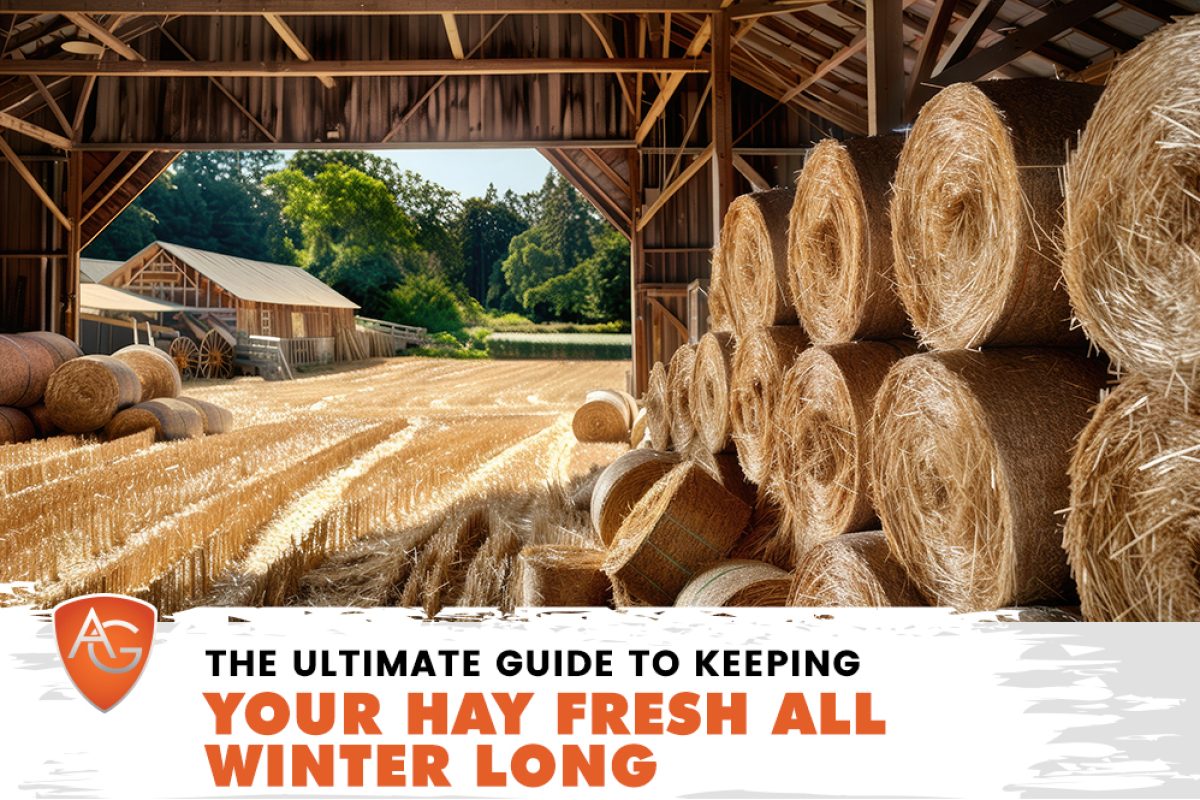Overview: Winter in Laramie County brings its fair share of challenges, and keeping your hay fresh and nutritious is at the top of the list. With the right strategies, you can ensure your hay stays in great condition all season long, so your livestock stays healthy and ready to thrive. Let’s dig into the details!
As winter tightens its grip across Laramie County and nearby communities like Cheyenne, Burns, and Pine Bluffs, it’s time to focus on keeping your livestock well-fed and healthy. That starts with making sure your hay stays fresh and nutritious, no matter how tough the weather gets.
By using some tried-and-true techniques, you can protect your hay from moisture, mold, and spoilage while keeping waste to a minimum. Here’s what you need to know.
1. Choose the Right Storage Location
Where you store your hay makes all the difference when it comes to keeping it dry and mold-free. Areas with heavy snow, like Albin or Carpenter, require extra attention to avoid moisture problems.
-
Elevate your hay: Always store bales on a raised platform or wooden pallets to keep them off the ground. This prevents moisture from seeping in and ruining your hard work.
-
Shelter is essential: A barn or hay shed is ideal for protecting your hay, but if you don’t have one, invest in high-quality tarps. Secure them tightly to keep out snow and rain.
Here’s a quick read on >> How to Make the Most of Your Hay Barn Space that might interest you!
2. Prioritize Ventilation
Good airflow is key to preventing mold and spoilage. Without it, heat and moisture can build up in your hay, causing problems for both your wallet and your livestock.
-
Stack smart: Leave some space between bales when stacking to encourage airflow. This is especially important in regions like Torrington, where temperature swings can create condensation.
-
Avoid overstacking: Stacking bales too high traps heat and moisture, which leads to spoiled hay. Keep your stacks manageable and well-ventilated.
3. Monitor for Moisture and Mold
Even the best storage setup isn’t foolproof. Regular inspections help catch small problems before they turn into big headaches.
-
Inspect weekly: After snowstorms or other wet weather — common in Wheatland — check your hay for damp spots, discoloration, or musty smells.
-
Remove problem bales: If you find wet or moldy hay, remove it immediately to keep the rest of your supply safe.
>> Related Reading: What is the Best Way to Keep Your Hay Dry in the Winter?
4. Feed Your Hay Wisely
Strategic feeding practices reduce waste and ensure your animals get the best nutrition.
-
First in, first out: Use your oldest hay first to prevent it from sitting too long and losing quality.
-
Keep feeding areas dry: Use covered feeders or place them in sheltered spots, especially in places like Hawk Springs, where heavy snow can make a mess of exposed feeding areas.
Final Thoughts
A little extra effort goes a long way in preserving your hay and keeping your livestock healthy this winter. From smart storage solutions to regular inspections, these tips will save you time, money, and frustration.
Whether you’re in Cheyenne, Burns, or another great part of Laramie County, staying prepared and proactive will make all the difference. Here’s to a successful winter and strong, healthy herds!
Think you’ll like more advice on winter livestock care or local hay suppliers in Laramie County? Stay tuned for more tips, or feel free to reach out to All Around Ag for personalized guidance.
